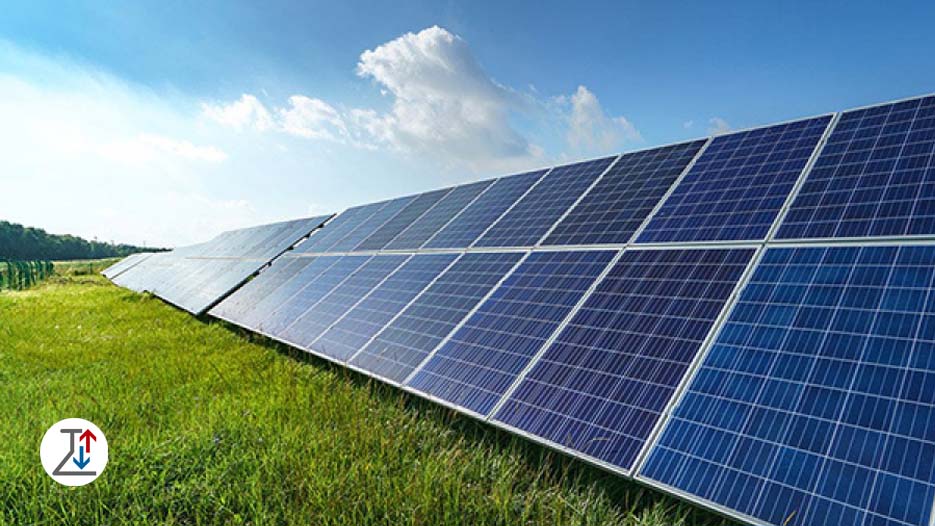
Testing Solar Panels with Environmental Simulation Chambers
The Growing Need for Environmental Testing in Solar Technology
The rapid expansion of renewable energy has placed solar power at the center of attention. Solar panels, often seen as the heart of solar systems, must perform reliably across a wide variety of climates—whether exposed to the extreme heat of deserts, the humidity of coastal regions, or the freezing cold of mountain ranges. Because of these challenges, manufacturers are required to validate durability and reliability before releasing their products to the market.
This validation is carried out with environmental test chambers—specialized systems designed to replicate harsh weather conditions in a precise and controlled manner, allowing panels to be evaluated as if they were in real-world environments.
Why Environmental Tests Are Essential
- Panels are expected to withstand temperatures from more than +50°C in desert regions down to –30°C in polar climates.
- Investors demand long-lasting systems that can sustain high performance for at least 25 years.
- A single defective module can reduce output and cause significant financial losses for solar farms.
- Global certifications are mandatory for entering international markets, and these certifications are only achievable through chamber-based testing.
Common Environmental Tests for Solar Modules
- Thermal Cycling
Temperatures are repeatedly cycled between –40°C and +85°C to identify weaknesses in solder joints and materials caused by continuous expansion and contraction. This test is especially important for panels installed in areas with large day-to-night temperature differences.
- Damp Heat
The test involves exposing panels to a high temperature of 85°C combined with 85% humidity for long durations to evaluate the moisture resistance of packaging materials, glass, and electrical connections. This procedure is especially important for areas with humid climates such as Southeast Asia and coastal regions.
- Thermal Shock
The test simulates sudden temperature changes, such as a swift cloud passage, rain falling on a heated surface, or nighttime cooling after a hot day. Samples are quickly transferred between chambers with contrasting temperatures. This process helps reveal weaknesses in the glass and polymer layers.
- UV Exposure
The test evaluates how well polymer layers and glass withstand prolonged sun exposure by subjecting panels to UV light at a set intensity, simulating years of sunlight. This helps prevent material yellowing, discoloration, and cracking.
- Dust and Sand Testing
To simulate desert and dusty conditions, panels are subjected to airflow carrying fine dust or sand particles. The importance is minimizing surface damage and maintaining performance by reducing the impact of dust and particle accumulation.
- Mechanical Load Test
To replicate the impact of wind, snow, or additional weight, uniform pressure is applied across the panel’s surface using mechanical systems, sometimes alongside temperature changes. This process helps confirm the panel’s physical strength and the frame’s durability under actual installation conditions.
Advantages of Using Test Chambers
- Long-term degradation that normally takes years can be accelerated and observed in weeks.
- Conditions are repeatable and standardized, producing more reliable results than outdoor testing.
- Research and development costs are reduced because design flaws can be corrected before mass production.
- Certification through chamber testing opens the door to international markets.
Conclusion
Environmental chambers are far more than laboratory equipment—they are an essential link in the quality assurance process for solar technology. By accurately replicating tough outdoor environments, they ensure solar modules maintain efficiency and durability over decades of use.
Arya Sarmayesh, a knowledge-based Iranian company, has developed a wide range of customizable environmental chambers. These systems support various industries—from solar power to electronics, automotive, and industrial equipment—covering tests such as temperature, humidity, thermal shock, UV, and dust exposure.
👉 Visit our product page for more details.